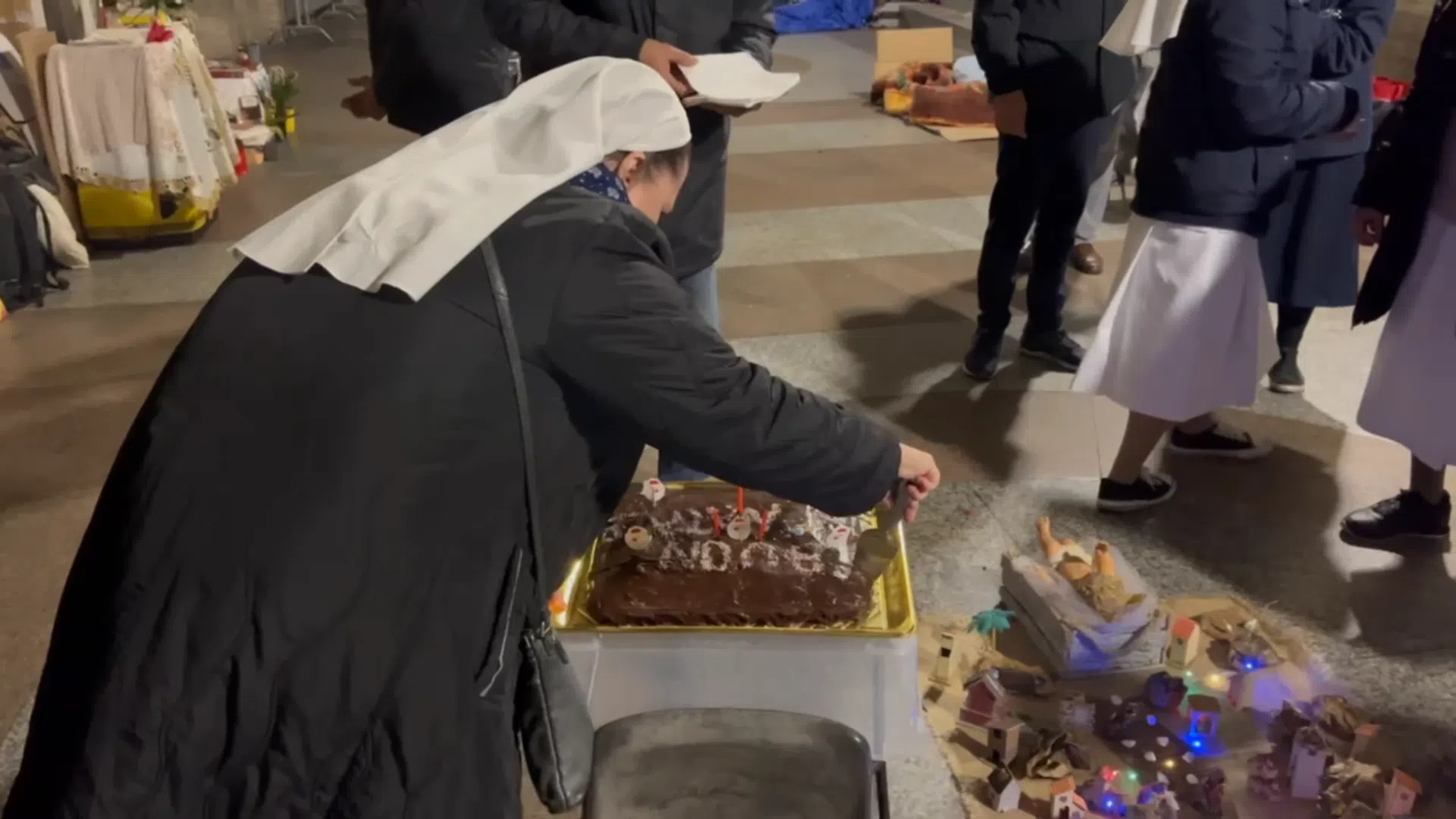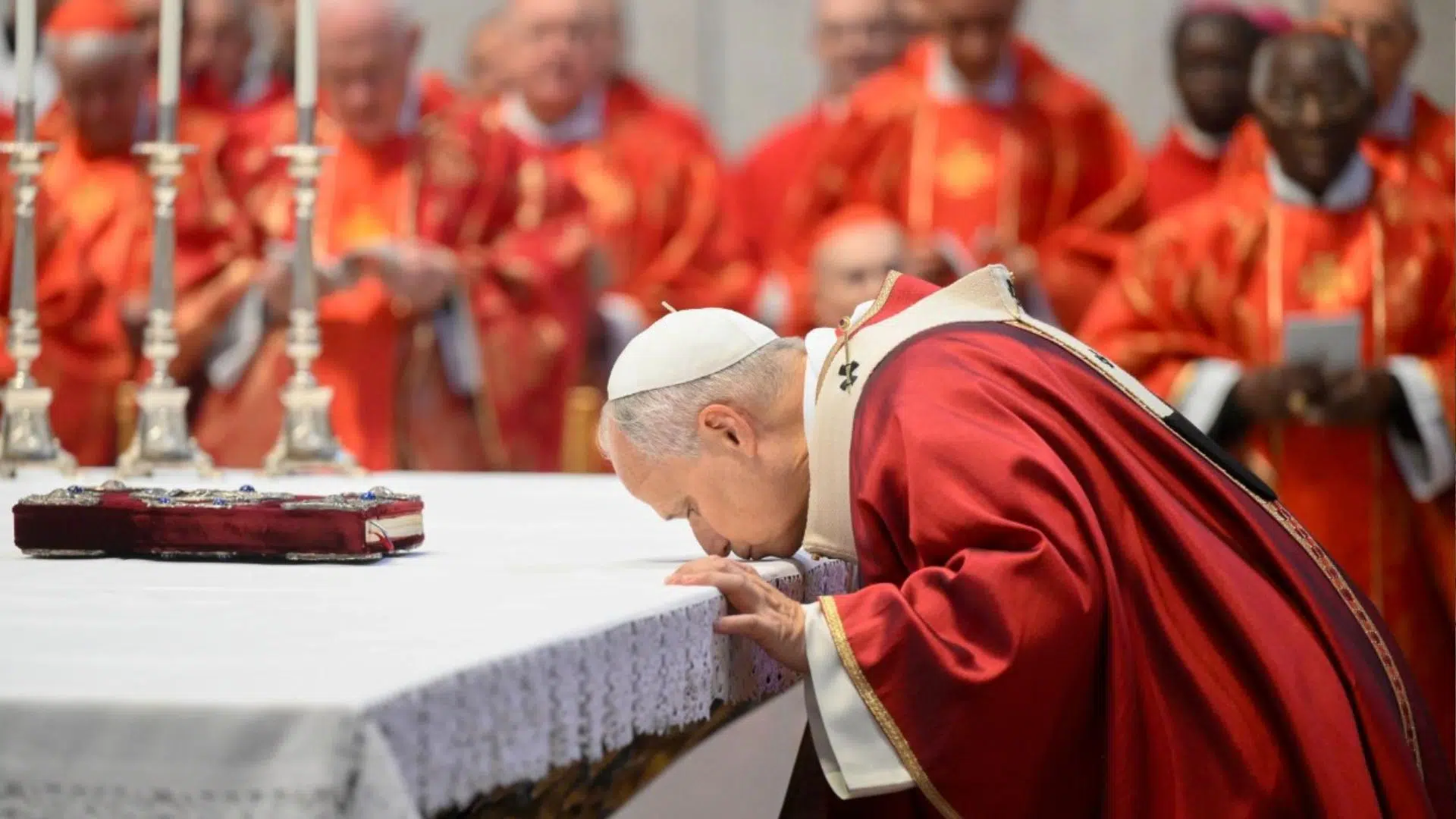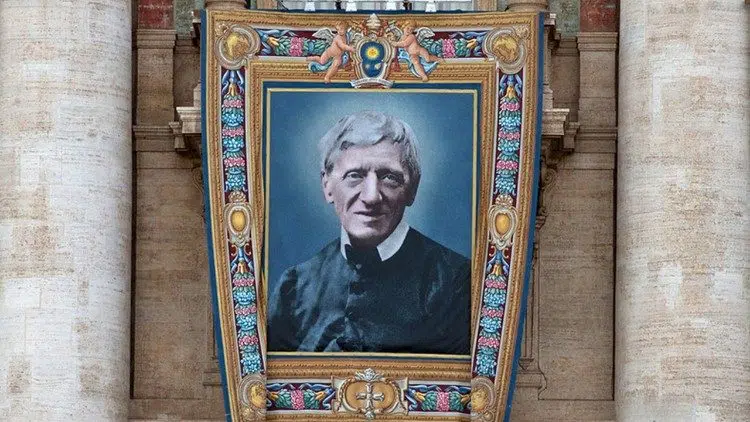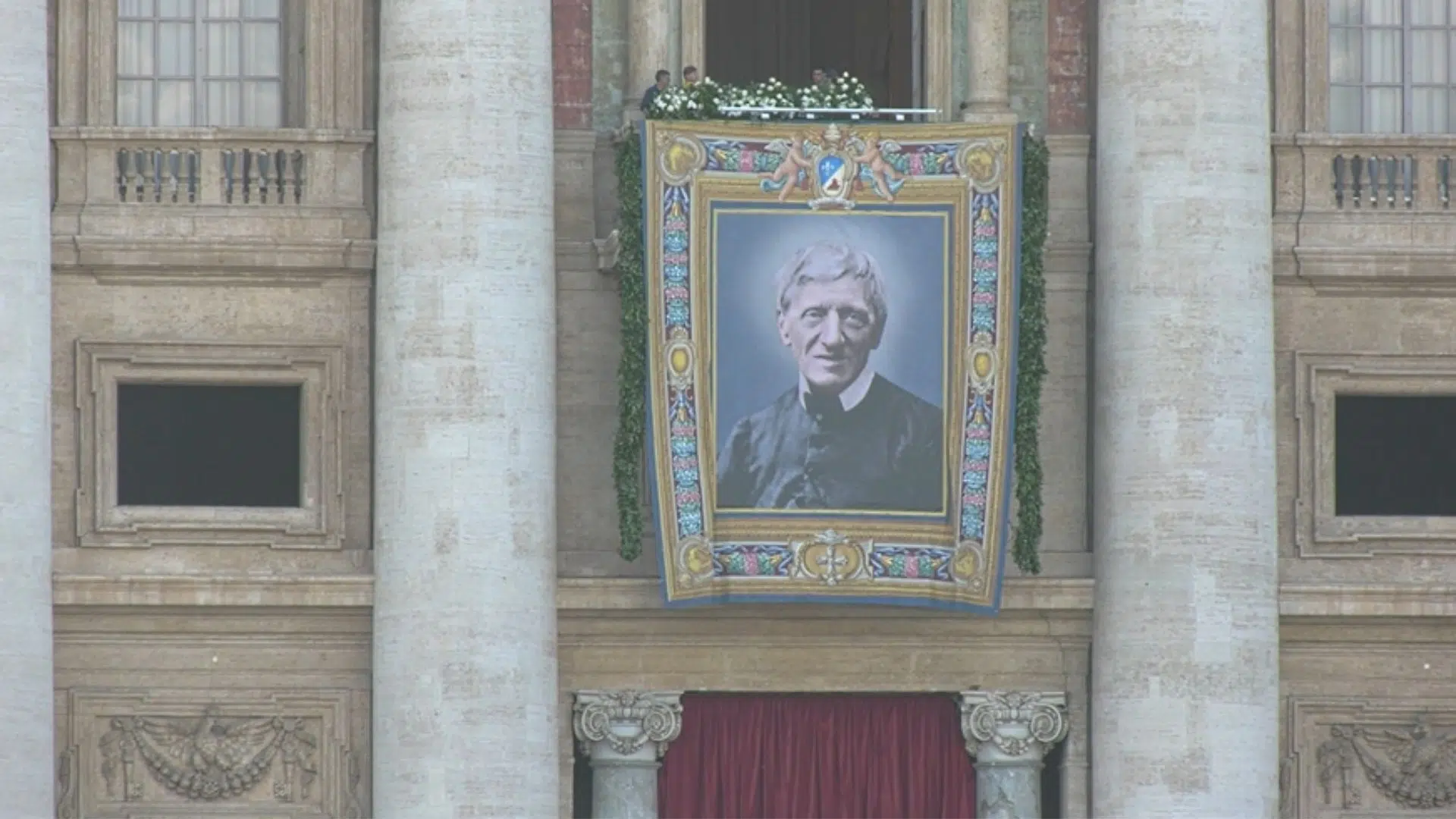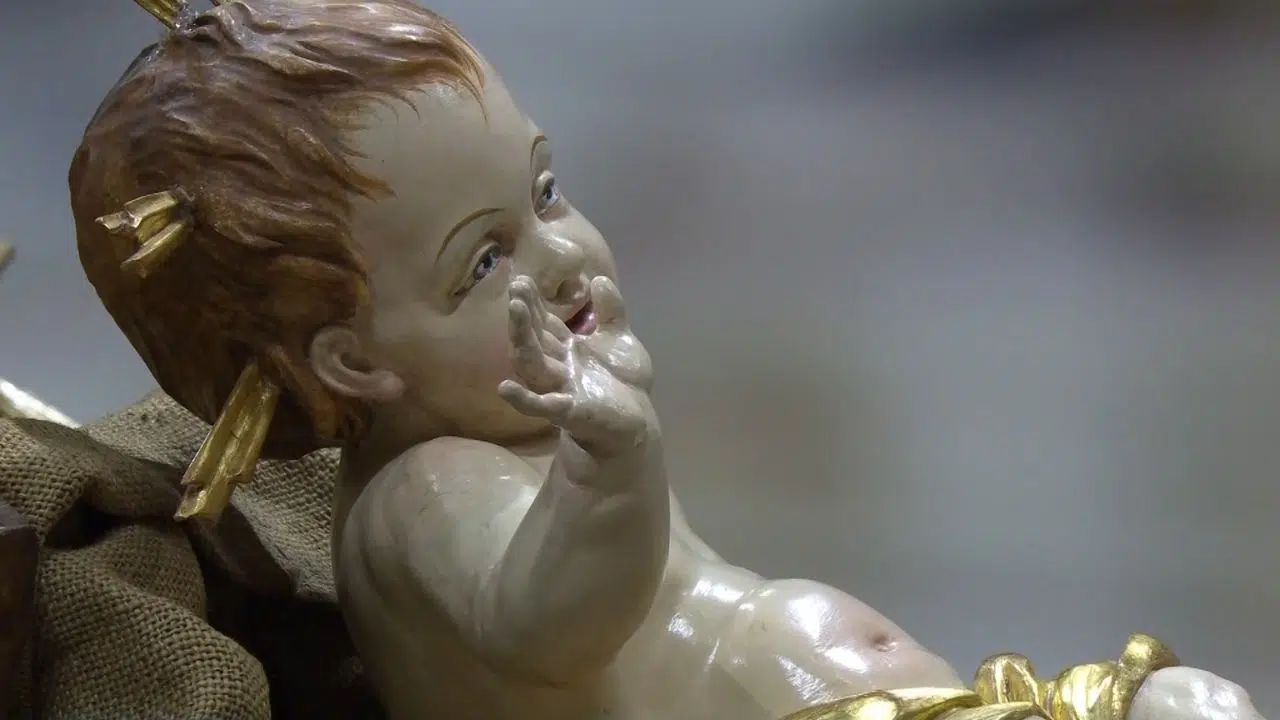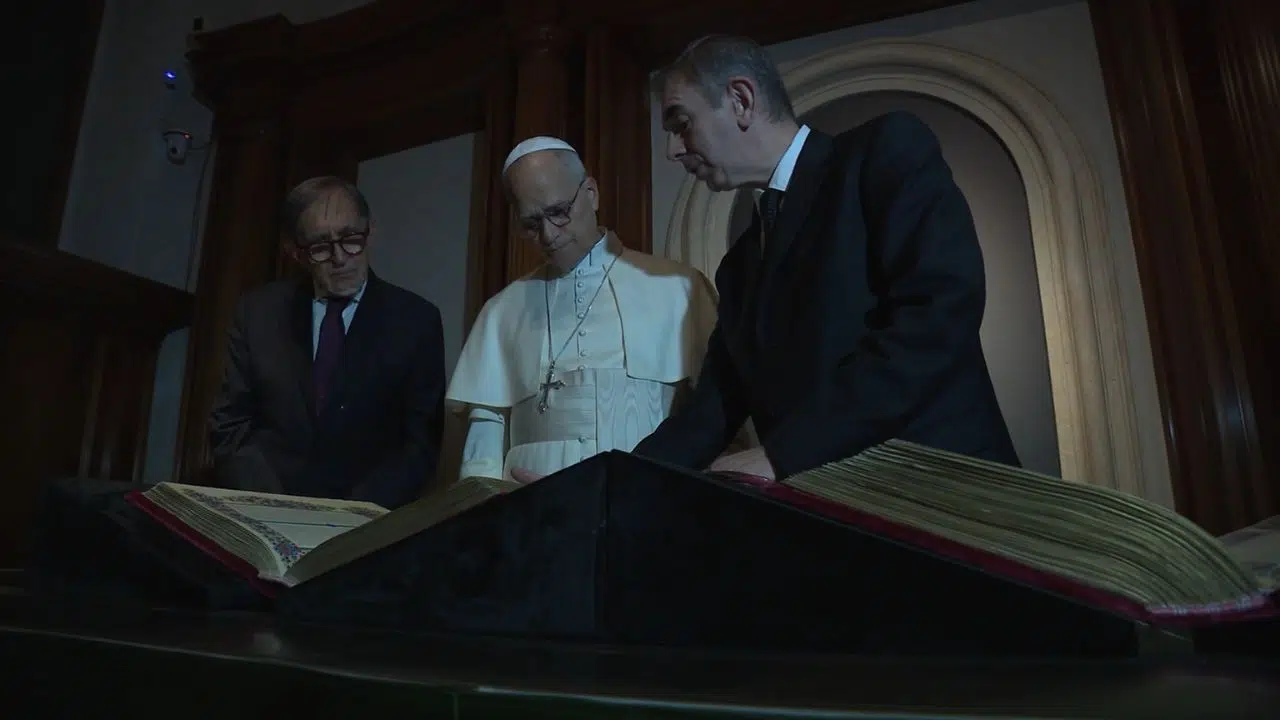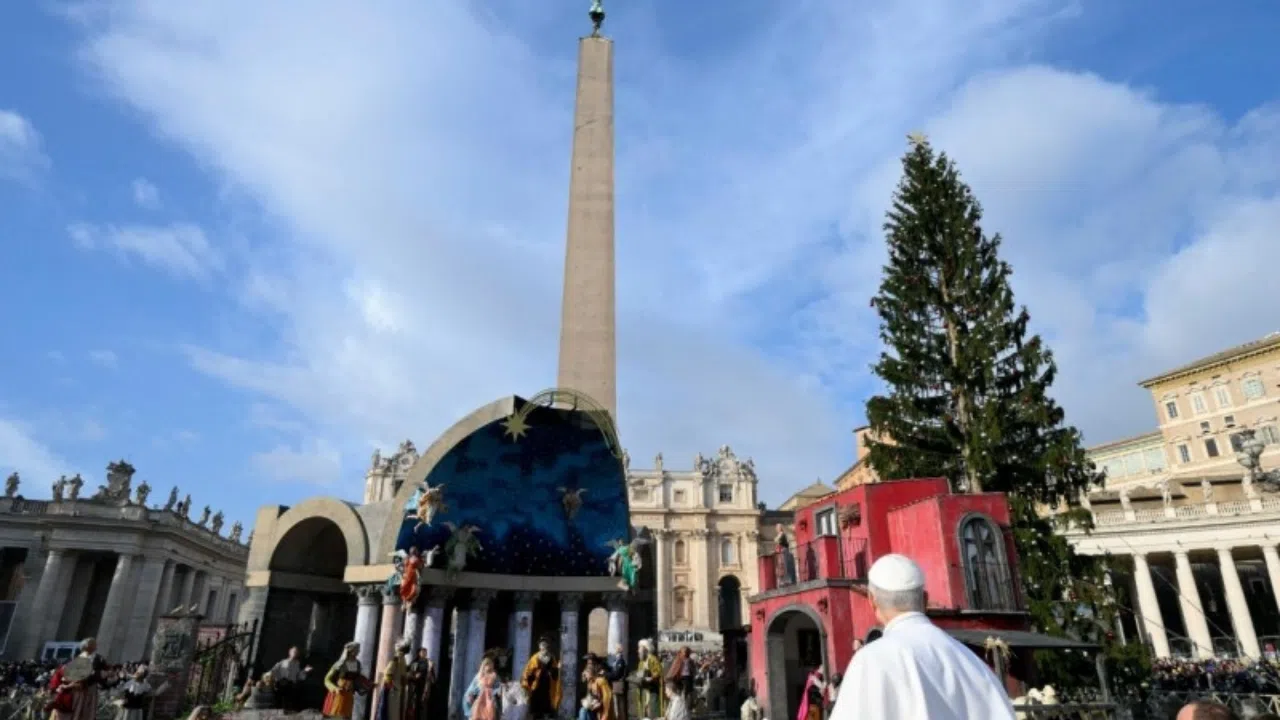The peace and silence that reign at the Passionist priests' monastery in Rome filled the final years of life of one of the best known mystics of the Church, St. Paul of the Cross.
He lived in this room from 1772 to 1775. Three hundred years after it was founded, the Congregation of the Passion of Jesus Christ continues to preserve it as an authentic relic.
ALESSANDRO FOPPOLI
Passionist Priest
“There was only one bed and some furniture in the room. It was very simple and poor. The founder didn't like having large pieces of furniture or luxuries in his room. Over the years we've transformed this space into a chapel, and only recently did we restore the original flooring.”
The room's main piece is this painting depicting the final moments of the life of the founder of the Passionists. He's shown with a heavy rope that the saint would use for penance and that is kept with the other relics.
The original walls of the room were plain and unpainted. It is said that its large dimensions actually bothered the saint.
ALESSANDRO FOPPOLI
Passionist Priest
“St. Paul of the Cross envisioned a very small room, maybe a quarter of the size of this one. He wanted the bricks to be visible. The room had to be full of poverty. It was a place for the priest to meditate on Christ's Passion.”
St. Paul of the Cross lived a profound life of penance. He traveled thousands of miles on foot. When he was older, he developed problems in his legs that made walking difficult for him.
Going through this doorway, one can see the chair in which he had to be carried in his final days. It's kept next to the altar dedicated to the Blessed Mother, where he would celebrate Mass.
His example of meditation and prayer made him one of the most esteemed figures of his time, but his life can offer a lesson for modern times as well, especially given the current pandemic.
ALESSANDRO FOPPOLI
Passionist Priest
“People have been forced to face their fears, realities--we can even say phantoms—that we aren't used to thinking about. St. Paul of the Cross had the grace to comprehend, through his meditation on Christ's Passion, that even trials, hardship and pain are transformed by Jesus' love.”
These words are reflected in one of the few paintings belonging to St. Paul of the Cross. It shows Jesus as a child lying on a cross, a symbol of pain but also of hope.
Daniel Díaz Vizzi
Translation: CT
